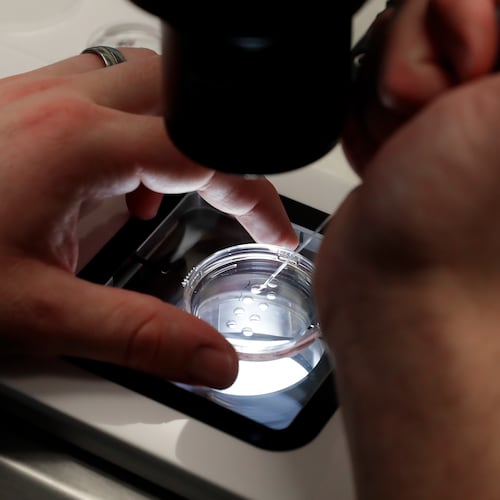The people have spoken. When it comes to transportation in Gwinnett, what they want is choice.
Trains, cars, buses, bikes and their own two feet, in combination, led the pack when it came to how people wanted to move around the county. More than half who responded to a survey about how they want to get around said they wanted more than one way.
More than 4,000 people texted responses or filled an online survey on transportation as part of a program called The Great Exchange. Chuck Warbington, the Gwinnett Village Community Improvement District director who led the effort, said he was impressed by the depth of thought that went into people's responses.
But the survey does not equal solutions and Warbington and others don’t have the authority to make the changes themselves. Over the next two months, Warbington said, he expects to work on a whitepaper that will illuminate trends and present some possible solutions.
Change won’t come quickly, but Warbington said there may be some low-hanging fruit that elected leaders can act on. Some comments said that traffic lights could be better synchronized on Ga. 316; others noted that there was no public transportation option to get to Georgia Gwinnett College in Lawrenceville, a commuter school.
“I anticipated it being a vent fest,” he said. “I really didn’t expect the thoughtfulness of people’s comments.”
The poll was not scientific, and the only demographic information collected was whether the respondents live or work in Gwinnett. Warbington had initially targeted a response rate of 10,000 people in the week the survey was promoted, but said the numbers still indicated that it was a success.
“There are a lot of good comments in here, and I hope people really take it to heart,” Warbington said. “People want solutions now. They really don’t care who does it.”
Among the things they’re looking for are ways to be less dependent on cars. Comments included a desire for denser development, more walkable areas, better high-speed Internet that could allow telecommuting, commuter rail and better bus routes.
They say the solutions presage whether Gwinnett will thrive.
“We’re losing jobs to other parts of metro Atlanta,” one comment said. “Transportation, including the lack of transit, is part of the issue. We need to refocus on regional solutions or we will be left behind, which translates to a lower quality of life for future generations.”
Warbington said people are thinking closely about what they want for the county, and how they can better get to work or downtown Atlanta.
He has had inquiries from the state and other local governments about how they can replicate the process outside of Gwinnett.
About the Author
Keep Reading
The Latest
Featured





